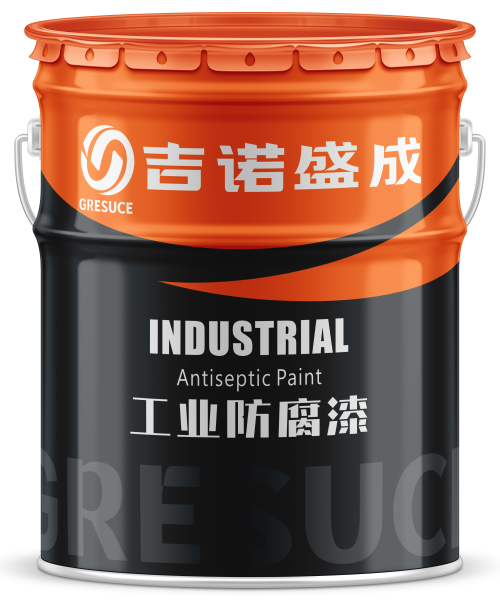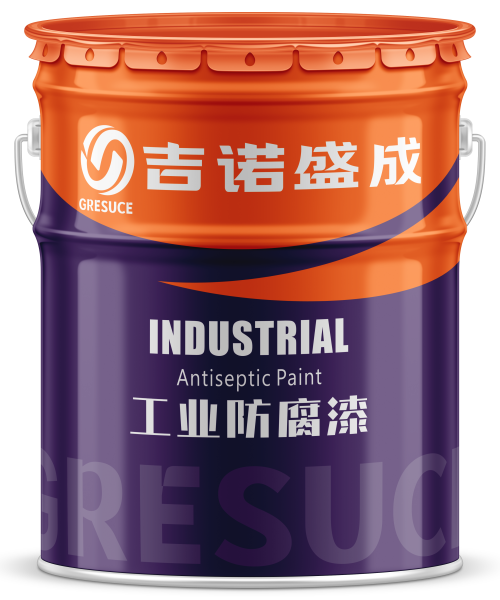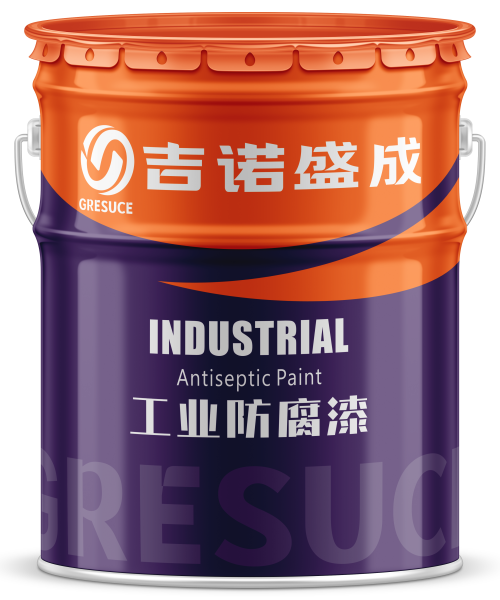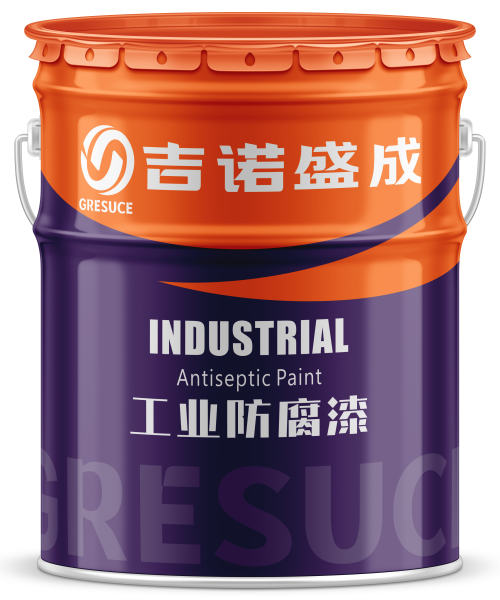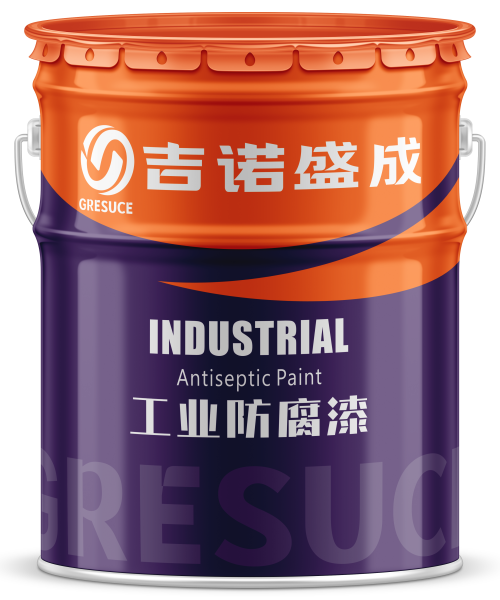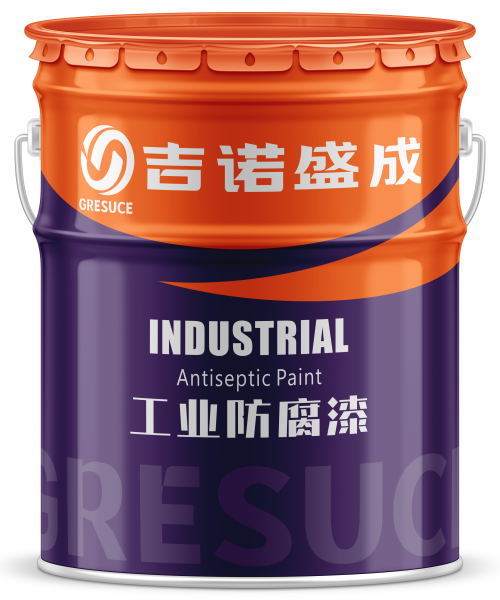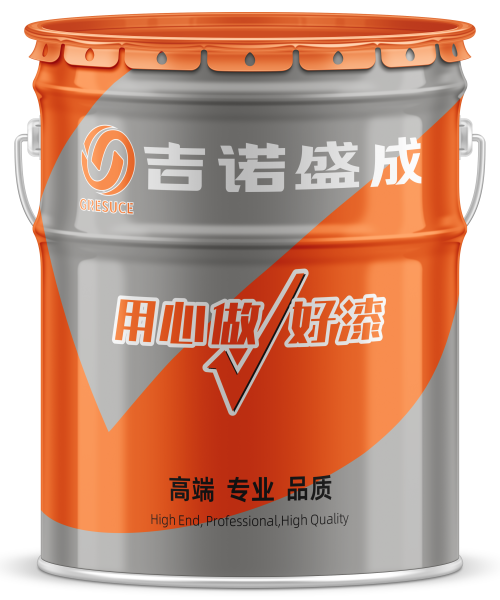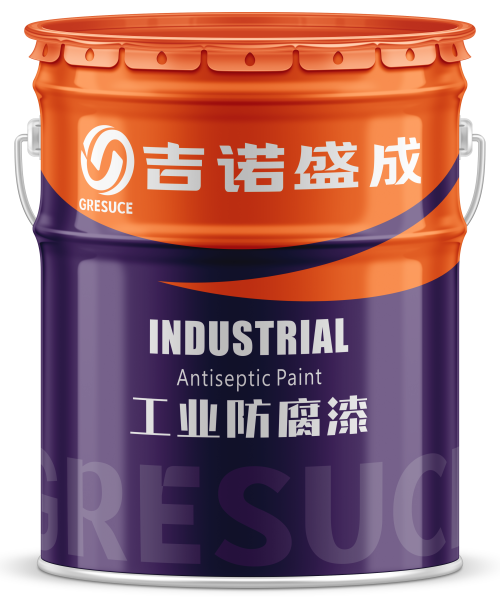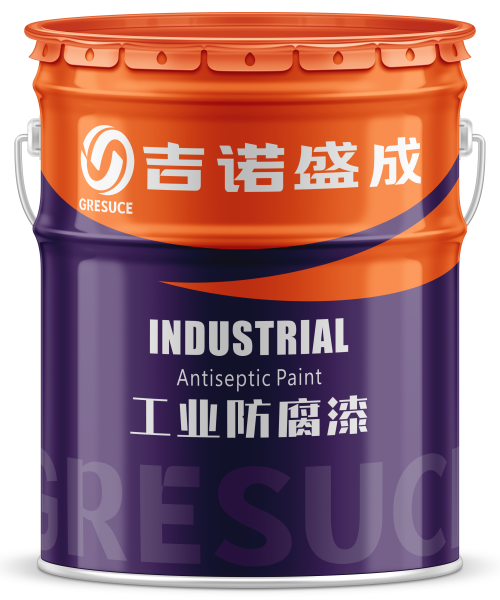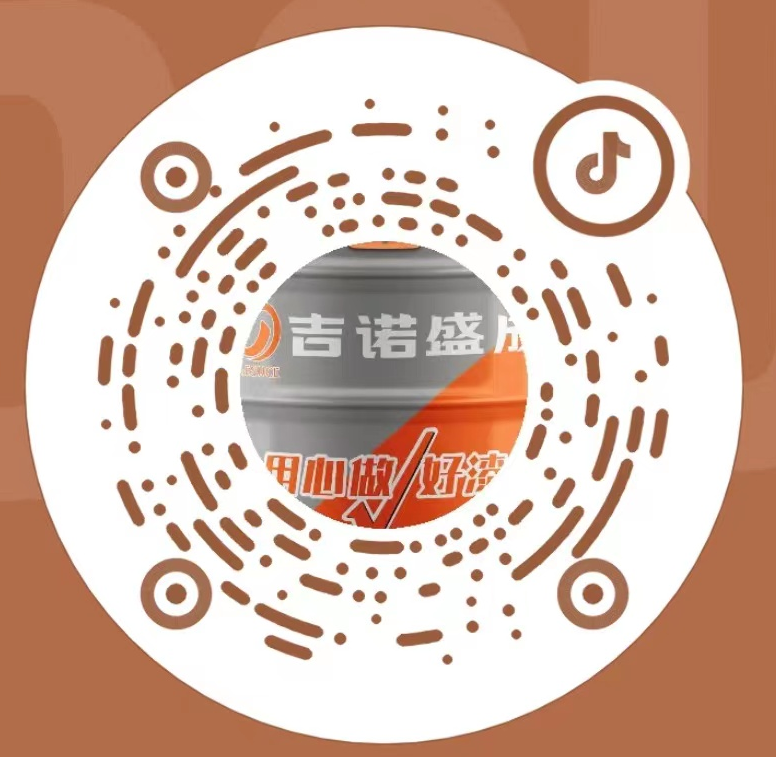一、Basic Characteristics of Acrylic Resin
Acrylic resin is a high-molecular polymer synthesized primarily from acrylic esters or methacrylic esters. Its main chain consists of carbon atoms, with a bond energy as high as 245.3 kJ/mol, making it highly stable against environmental factors such as light, heat, acids, and alkalis. Additionally, coatings made from acrylic resin exhibit excellent weather resistance and color retention, making them widely used in applications such as vehicles, machinery, and electronic instruments.
二、Applications of Acrylic Resin in the Coatings Industry
1.Solvent-Based Acrylic Resins
Solvent-based acrylic resins are commonly used as components in coatings. Based on their chemical structure, they can be divided into two categories:Thermoplastic Acrylic Resins: These do not contain reactive functional groups and are known for their flexibility and ease of application.Thermosetting Cross-Linking Acrylic Resins: These contain reactive functional groups, offering excellent resistance to high-temperature steam and chemical corrosion. They are widely used in industries such as precision machinery, metal products, and automotive wheels.
2.Water-Based Acrylic Resins
Water-based acrylic resins exhibit good weather resistance, impact resistance, and adhesion. They are also used as coating components and offer advantages such as ease of application, cost-effectiveness, and environmental friendliness. Currently, water-based acrylic resins have become one of the main varieties in architectural coatings.
3.Solvent-Free Acrylic Resins
Solvent-free acrylic resins are primarily used in UV-curable acrylic resins and powder coatings:UV-Curable Acrylic Resins: These resins form a coating film when exposed to ultraviolet (UV) light or radiation.Powder Coating Acrylic Resins: These mainly include two types—epoxy-containing and carboxyl-containing acrylic resins, which are used in powder coatings for their durability and environmental benefits.
三、Applications of Acrylic Resin in Various Fields
1.Protection of Steel Structures and Concrete Surfaces
Acrylic resin-based coatings offer significant advantages for protecting steel structures and concrete surfaces. Both solvent-based and water-based acrylic coatings are suitable for these materials. However, acrylic latex paints specifically designed for concrete surfaces are not suitable for steel structures.
2.Acrylic Topcoats
Acrylic topcoats primarily use thermoplastic acrylic resins as monomers. Their drying process relies entirely on solvent evaporation. Although acrylic topcoats have a relatively low volume solids content (around 35%), their single-component application provides good solvent resistance. However, acrylic topcoats are not ideal for use on alkyd resin surfaces.
3.Acrylic-Amino Baking Paints
Acrylic-amino baking paints are mainly used in automotive OEM paints, motorcycle coatings, appliance enamels, base coats for metallic flake paints, and clear coats. These coatings exhibit excellent weather resistance, durability, and gloss, meeting the high-end coating requirements for automobiles, motorcycles, and household appliances.
四、Conclusion
In summary, acrylic acid and its derivatives—acrylic resin-based coatings—offer numerous advantages, such as excellent weather resistance, wear resistance, and chemical corrosion resistance. Particularly in the field of architectural coatings, water-based acrylic resins have become a mainstream product due to their environmental friendliness and cost-effectiveness. However, acrylic resin coatings still face some limitations, such as application challenges and higher costs. In the future, with continuous technological advancements, acrylic resin coatings are expected to see broader applications, contributing to a better living environment for humanity.



